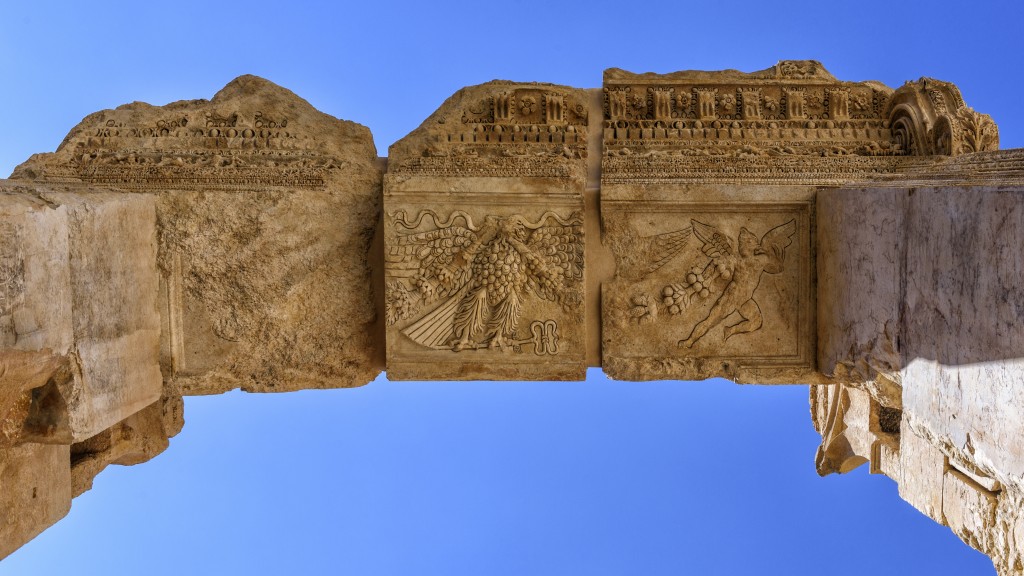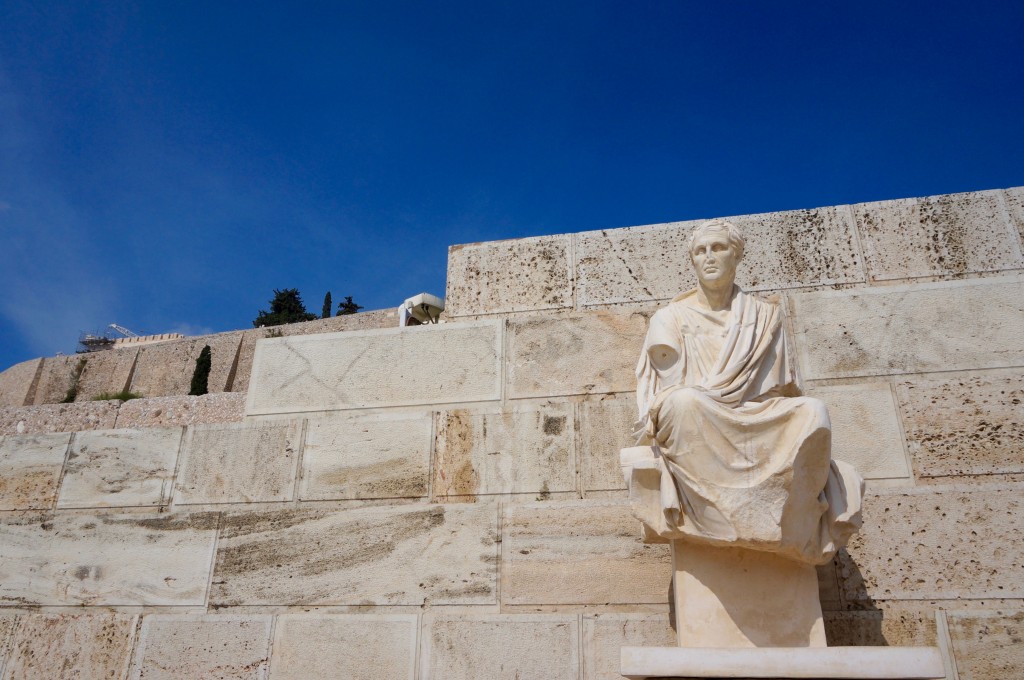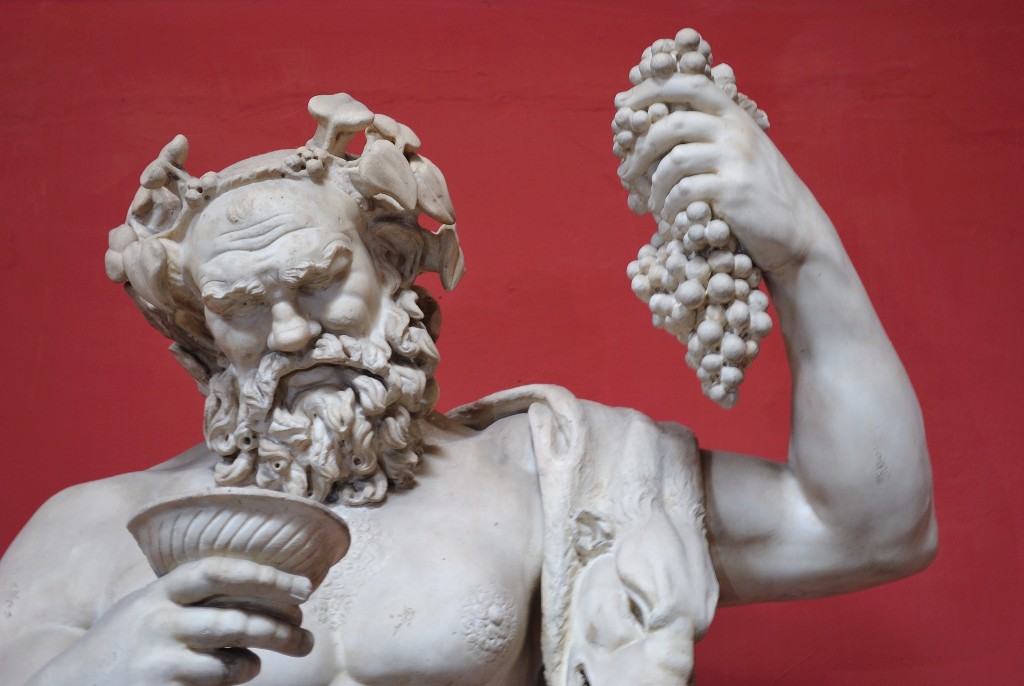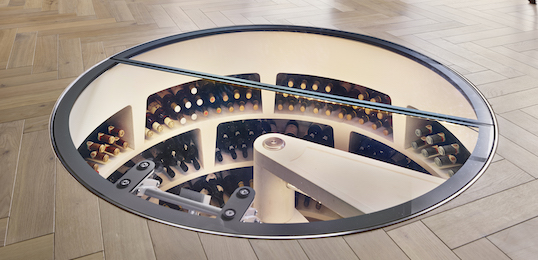They say that New York is the city of dreams, one of the great metropolia in a country that prides itself on being the land of opportunity. It is safe to say that a lot of dreams certainly do come true in New York; from Broadway to business, talent knows no bounds.
However, a secret masterpiece has also been lurking in the city these past few years. Stolen by the Nazis during the period leading up to the Second World War, the painting Young Man as Bacchus has been sold to various dealers throughout the years with its owners none the wiser to its true origins.
So, what is the significance of this painting and the mystery that has kept it hidden since the Nazis lost power so many decades ago?
The God
Bacchus is the Roman name for Dionysus, the Greek god of the grape harvest, winemaking, and wine. Wine was an important cultural icon in the Greek period, as it was and has been for many historical periods since, and as such Bacchus was a god readily worshipped. Particularly as he was a god who encouraged unrestrained consumption. The wine, dance, and music that were associated with him were said to free his followers from conscious fear and care, allowing their inhibitions to run free.

The origins of this god are largely unknown as his cults took on many forms depending on the region, with traces of these types of cults even being found in Minoan Crete. He was said to be a traveller, sometimes from Asia and sometimes even Ethiopia, and became increasingly popular in the Greek Pantheon over time. He was the final member of the twelve Olympians and most importantly the only one to have been born to a mortal mother.
Due to the importance of Bacchus as a god, both in his origins in Greece and later in Rome, we can determine that wine had a place of extreme cultural importance.
In art Bacchus, has become heavily associated with the vine harvest in autumn, as such many depictions of the god from the Renaissance onwards depict Bacchus and his followers in the autumn season. He has remained an inspiration to painters, poets, and writers to this day as he represents the unrestrained chaotic and the irrational.
The Painter
The piece was created by a Dutch painter by the name of Jan Franse Verzijl (1588-1647), a Dutch Golden Age portrait artist who created many masterpieces throughout his life. He created three schutterstukken between 1615 and 1622 which still hang in the Gouda, the city of his birth and life, museum today.
His place in the Dutch Golden Age is one of the major reasons for the significance of the unearthing of this painting. Throughout the seventeenth-century, the art, science, trade and military efforts originating from the Dutch Republic were considered the best in the world. Significant artists in this period, alongside Verzijl, including Rembrandt Harmenszoon van Rijn – more commonly known as simply Rembrandt – Frans Hals, Pieter de Hooch, Nicolaes Maes, Hendrick Terbruggen and Adriaen Brouwer.
Other famous paintings of this period include The Night Watch by Rembrandt and Girl with a Pearl Earring by Johannes Vermeer.
The Mystery
With context, the painting Young Man as Bacchus is one that perhaps the Nazis would not have wanted freely on display. A representation of revelry and freedom of self would have been directly opposing to the ideals of the Third Reich. The painting was originally housed in Gallery Stern, Dusseldorf, owned by Max Stern.

Stern was a German-born Jew who was an arts benefactor, art historian and later in life – following his escape from Nazi Germany – the proprietor of Montreal’s, in Canada, premier Dominion Gallery. In 1936, before the outbreak of war, Stern was forced to sell over 400 of the paintings from his Dusseldorf gallery by the Nazi regime. Shortly after he was exiled. Following a brief stint in Britain, Stern was welcomed in Canada where he lived out the rest of his life adding to the art industry of the nation.
However, his original paintings lost in Germany have been lost for the past eighty or so years since their confiscation. Some sixteen or so have been recovered so far, but from a number in the hundreds, this is almost insignificant.
As a result, when the American FBI got wind of one of these lost paintings surfacing in New York, following its attempted sale at a New York art fair in 2015, they were keen to act in the recovery of this lost masterpiece.

Thankfully, it has now been handed over to the Stern Foundation. Though many of the paintings lost in this unfortunate period may never be recovered, the recovery of this painting of the Roman god of wine is a small justice for those that suffered persecution under the Third Reich.
Wine cellars are ideal for storing your wine throughout the year and at Spiral Cellars we offer a wide range of wine rooms and cellars sure to fit your requirements. Contact our team on 0203 815 3329; we are always happy to answer any query you might have.
Alternatively, you can find us on Facebook, Twitter, LinkedIn, and Houzz to see our latest news.





